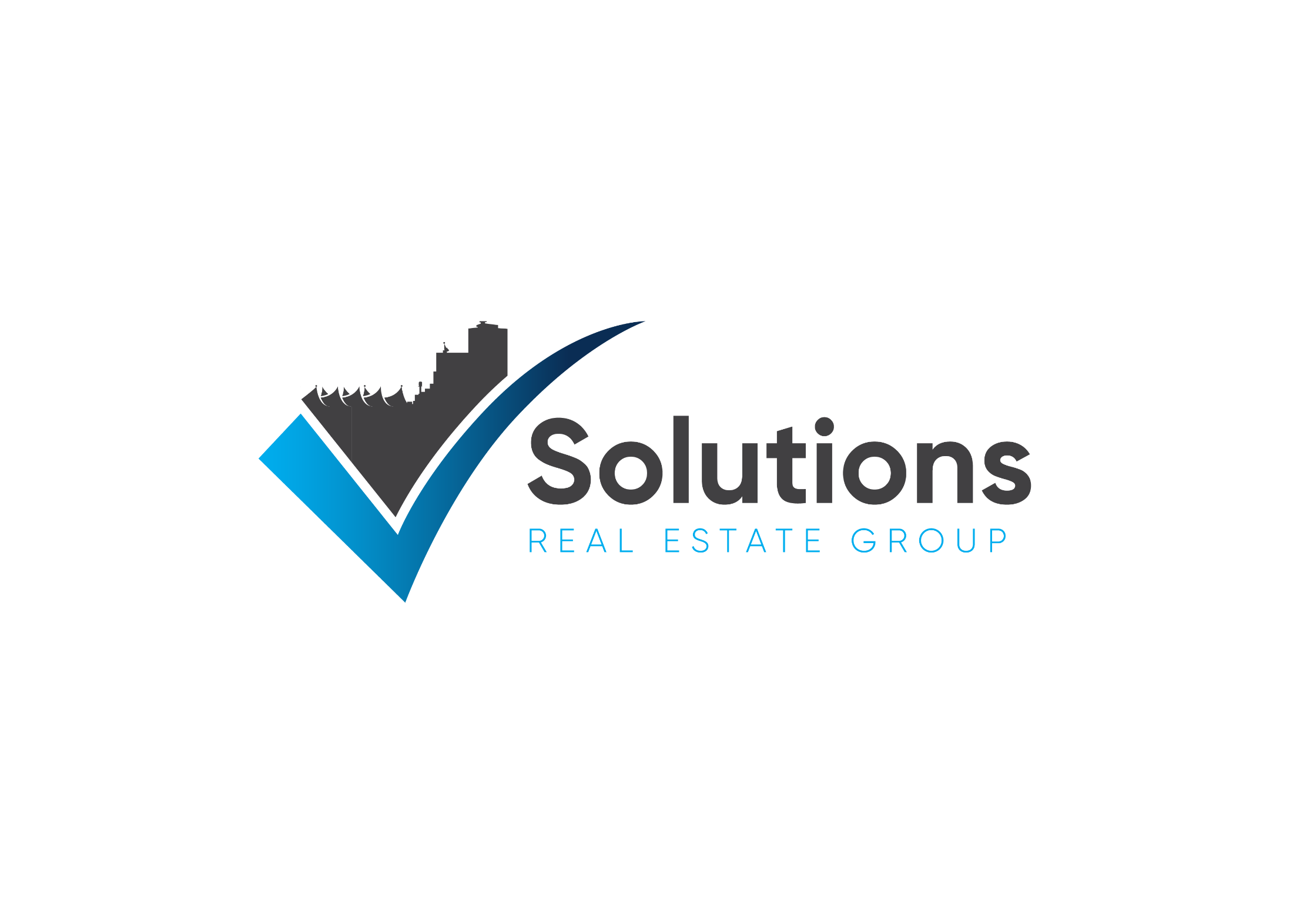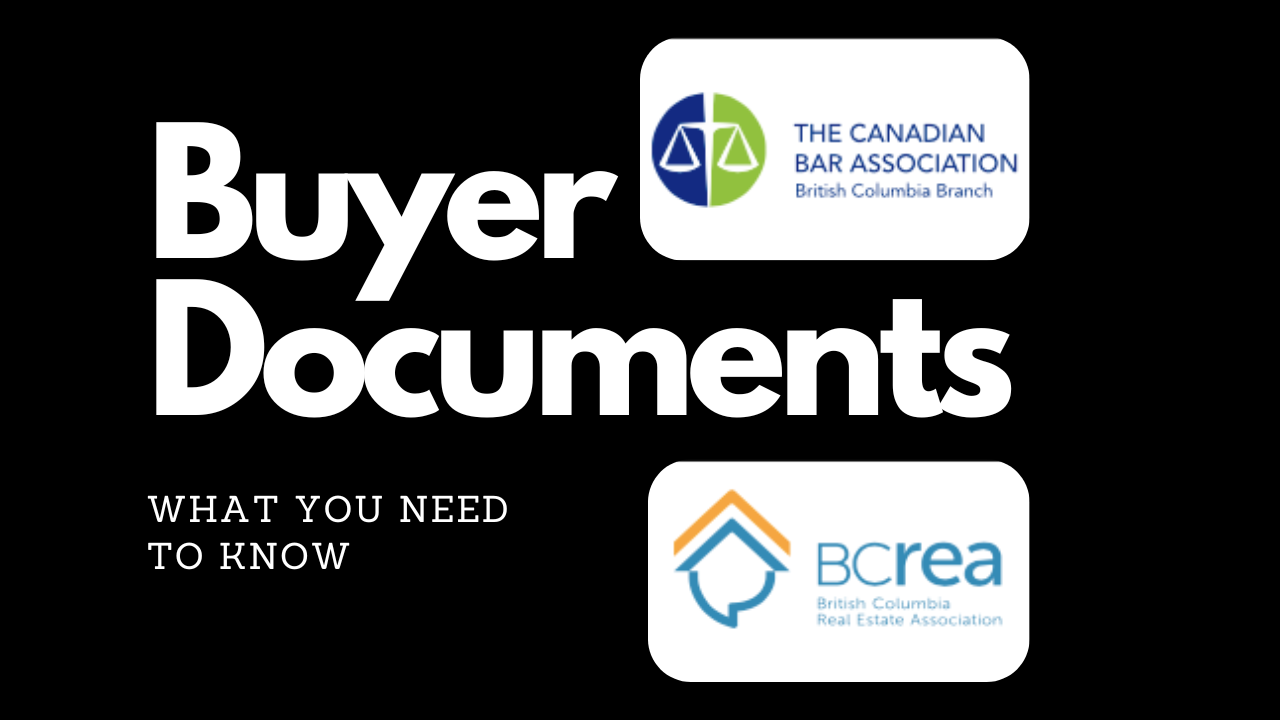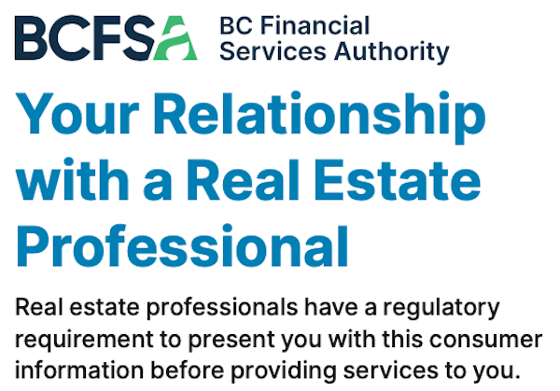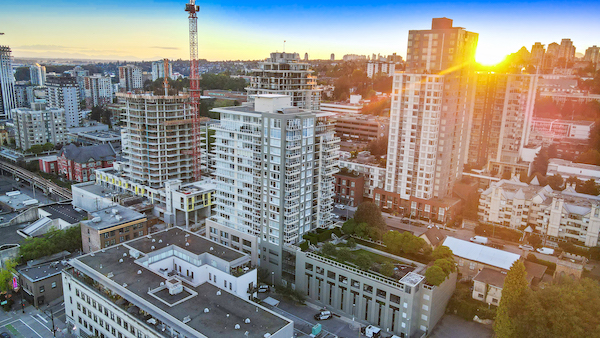Exploring Various Ownership and Management Structures in Real Estate
Freehold Ownership:

This is the most common and comprehensive form of real estate ownership in British Columbia. With freehold ownership, you have full control and ownership of the property, including the land and any buildings or structures on it, subject to any governmental or municipal restrictions and regulations.
Advantages:
Complete ownership: With freehold ownership, you have full control and ownership of the property, including the land and any buildings or structures on it, giving you the freedom to make decisions about the property's use and improvements.
Long-term appreciation: Freehold properties often have greater potential for long-term appreciation and higher resale value compared to leasehold properties.
No lease restrictions: Freehold property owners are not subject to lease restrictions or renegotiation of lease terms, providing more stability and predictability.
Easier financing: It is generally easier to secure financing for a freehold property compared to a leasehold property, as lenders are more likely to provide mortgages for properties with full ownership rights.
Disadvantages:
Higher initial cost: Freehold properties tend to have higher purchase prices compared to leasehold properties due to the ownership of the land.
Full responsibility: Freehold owners are solely responsible for all maintenance, repairs, taxes, and insurance related to the property, which can be time-consuming and costly.
Leasehold Ownership:
Leasehold ownership is a type of real estate ownership where you have the right to use and occupy a property for a specific period, as outlined in a lease agreement with the freehold owner. Leasehold properties are usually found on First Nations reserves, government-owned land, or properties owned by institutions like universities. Lease terms can vary, but they are typically 50, 75, or 99 years in length.
Advantages:
Lower initial cost: Leasehold properties typically have lower purchase prices compared to freehold properties, making them more affordable for some buyers.
Access to desirable locations: Leasehold properties can provide access to desirable locations, such as waterfront properties or properties on government-owned land, where freehold ownership may not be possible.
Limited responsibility for land: Leasehold owners are generally not responsible for the land itself, as this remains the responsibility of the freehold owner.
Disadvantages:
Limited ownership duration: Leasehold ownership is limited to the term of the lease agreement, which can vary but is typically 50, 75, or 99 years. As the lease term nears its end, the property value may decrease, and renewing the lease or purchasing the freehold may be costly or challenging.
Lease restrictions: Lease agreements may have restrictions on property use, modifications, or transfers, which can limit the owner's ability to fully enjoy or control the property.
Lease renegotiation: Lease agreements must be renegotiated or extended at the end of the term, which can be uncertain and potentially costly.
Financing challenges: Securing financing for leasehold properties can be more challenging than for freehold properties, as lenders may have stricter requirements for the remaining lease term and other factors.
Strata Ownership:

Also known as condominium ownership, strata ownership involves owning an individual unit within a larger complex or building. Strata owners have title to their specific unit and share common areas and facilities with other unit owners. Strata ownership is governed by the Strata Property Act of British Columbia, which establishes rules and regulations for strata corporations, including bylaws and the management of common property.
Unique Strata characteristics:
Residential Strata: These are the most common types of strata properties and include apartment-style condominiums, townhouses, and duplexes. In a residential strata, individual owners hold title to their specific units and share ownership and responsibility for common areas and facilities.
Mixed-Use Strata: Mixed-use strata developments combine residential and commercial units within the same complex. These properties might include a combination of apartment units, retail spaces, offices, and other commercial spaces. Owners share common areas and facilities, and the strata corporation is responsible for managing both residential and commercial aspects of the property.
Commercial Strata: Commercial strata properties consist entirely of commercial units, such as office buildings, retail spaces, or industrial complexes. Like residential strata properties, commercial strata owners share ownership and responsibility for common areas and facilities.
Bare Land Strata: A bare land strata property is a type of strata development where individual owners own a specific parcel of land within the development rather than a constructed unit. Owners can build their own detached home or other structure on their lot, subject to the bylaws and regulations of the strata corporation. Bare land strata properties are unique because they provide the benefits of strata living while also allowing for more customization and individual property control.
Sectioned Strata: In a sectioned strata, different sections within the strata property have their own separate bylaws, budgets, and governance structures. This type of ownership is often found in mixed-use developments or properties with distinct components, such as a high-rise tower and a townhouse complex. Each section operates somewhat independently while still being part of the larger strata corporation.
Air Space Parcel Strata: An air space parcel strata is a more complex form of strata ownership where the land and buildings are divided into separate air space parcels, each with its own strata plan. These parcels may be stacked vertically or horizontally and can include different types of strata properties, such as residential, commercial, and institutional spaces. Air space parcel stratas allow for the independent ownership and management of separate parts of a development while still sharing certain common areas and facilities.
Each type of strata ownership has its unique features and characteristics, but all strata properties in British Columbia are governed by the Strata Property Act, which establishes the rules and regulations for strata corporations, including bylaws, management of common property, and the responsibilities of owners and tenants.
Self-Managed Strata Properties:
In a self-managed strata property, the owners collectively take on the responsibilities of managing the property without the assistance of a professional strata management company. This approach typically involves the establishment of a strata council made up of volunteer owners who handle the day-to-day operations, decision-making, and financial management of the strata property.
Advantages:
Cost Savings: Self-management can lead to cost savings, as owners do not have to pay for the services of a professional strata management company.
Direct Control: Owners have direct control over the decision-making process, which can result in more responsive and efficient management.
Community Engagement: Self-management can foster a sense of community among owners, as they work together to maintain and manage the property.
Disadvantages:
Time and Effort: Self-management can be time-consuming and labor-intensive, as owners must handle all administrative, financial, and maintenance tasks.
Limited Expertise: Owners may lack the necessary expertise in property management, legal, or financial matters, which could lead to potential issues or conflicts.
Inconsistent Management: Self-management can result in inconsistent management practices, as the volunteer strata council may change frequently, leading to varying levels of effectiveness and commitment.
Strata Manager-Managed Properties:
In a strata manager-managed property, the owners hire a professional strata management company to handle the day-to-day operations, decision-making, and financial management of the property. The strata manager acts on behalf of the owners and follows the directions of the strata council.
Advantages:
Professional Expertise: Strata management companies bring professional expertise in property management, legal, and financial matters, which can result in more effective and efficient management.
Time Savings: Hiring a strata manager can save time for the owners, as they do not have to handle the administrative, financial, and maintenance tasks themselves.
Consistent Management: Strata managers can provide consistent management practices, reducing the potential for fluctuations in effectiveness or commitment that may occur with a volunteer strata council.
Disadvantages:
Cost: Hiring a professional strata management company can be more expensive compared to self-management, which may result in higher strata fees for the owners.
Less Direct Control: Owners may have less direct control over the decision-making process, as the strata manager is responsible for implementing the strata council's directions.
Potential for Miscommunication: There can be potential for miscommunication or disagreements between the strata manager and the owners, which could impact the overall management of the property.
A potential owner should consider factors such as the size and complexity of the strata property, the level of involvement they are willing to commit to, and their preference for professional expertise versus direct control when making a decision. Consulting with a real estate professional can provide valuable insights and guidance.
Co-operative Ownership:
In a co-operative ownership arrangement, individuals own shares in a corporation that owns the real estate property. Shareholders have the right to occupy a specific unit within the co-operative complex but do not have direct ownership of the real estate. Co-operatives are governed by their own set of bylaws, and the shareholders elect a board of directors to manage the property.
Fractional Ownership:

Fractional ownership is a type of shared ownership in a property, where several individuals or entities own a portion of the property, typically in the form of shares or percentages. This type of ownership is common in vacation properties, where the owners can use the property for a certain amount of time each year based on their ownership share.
Tenancy in Common:
Tenancy in common is a form of shared ownership where multiple parties hold an undivided interest in a property. Each owner has a separate and distinct title to their share of the property, and they can sell or transfer their interest without the consent of the other owners. Upon the death of an owner, their share in the property passes to their heirs or beneficiaries.
Joint Tenancy:
Joint tenancy is another form of shared ownership where two or more individuals own a property with equal rights and interests. Unlike tenancy in common, joint tenants have the right of survivorship, which means that if one joint tenant dies, their interest in the property automatically passes to the surviving joint tenant(s).
Duplex properties:

Duplexes, as they are commonly referred to consist of two separate residential units within a single building, can have different ownership options and structures in British Columbia, Canada. The most common forms of ownership for duplex properties are:
Fee Simple (Freehold): In this scenario, one owner holds the title to the entire duplex property, including both units and the land. The owner may choose to live in one unit and rent out the other or rent out both units as an investment property. In this case, there is no division of ownership between the two units, and the owner is responsible for the maintenance and upkeep of the entire property.
Strata Title (Condominium Ownership): A duplex can be set up as a strata property, where each unit is individually owned, and the owners share the responsibility for the common elements, such as the roof, exterior walls, and shared outdoor spaces. The duplex would be governed by the Strata Property Act and managed by a strata corporation. Each owner holds title to their respective unit, and the strata corporation is responsible for maintaining and managing the common property, enforcing bylaws, and collecting strata fees for shared expenses.
Tenancy in Common: Tenancy in common is a form of shared ownership where two or more individuals hold an undivided interest in the duplex property. Each owner has a separate and distinct title to their share of the property (i.e., one unit in the duplex), and they can sell or transfer their interest without the consent of the other owner(s). Upon the death of an owner, their share in the property passes to their heirs or beneficiaries.
Joint Tenancy: Joint tenancy is another form of shared ownership where two or more individuals own the duplex property with equal rights and interests. Unlike tenancy in common, joint tenants have the right of survivorship, which means that if one joint tenant dies, their interest in the property automatically passes to the surviving joint tenant(s).
Co-ownership Agreement: In some cases, the owners of a duplex property may choose to create a co-ownership agreement, which outlines the rights and responsibilities of each owner, including property maintenance, expenses, and decision-making processes. This type of agreement can provide a more flexible ownership structure and can be customized to suit the specific needs and preferences of the property owners.
Each ownership option and structure for duplex properties has its unique features, benefits, and potential drawbacks.







